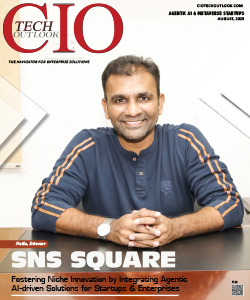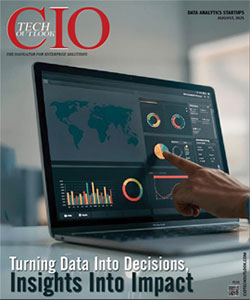What Changed in the Automotive Industry with Simulation Tech
Samrat Pradhan (Correspondent) | Tuesday, 11 August 2020, 11:50 IST

Today, due to the stringent norms imposed by the governments in regards to the safety of the vehicles, the automotive simulation market has been growing at a significant rate. This industry has never been the same with the integration of simulation technology into its operations and other related parameters.
Also, one of the factors which has been supporting the automotive simulation segment’s growth bandwagon is the increasing focus towards research and development in reducing the carbon footprint due to environmental concerns. The increasing market value can also be attributed towards the use of cloud computing in R&D for automotive simulation. According to a report of RESEARCH AND MARKETS, the Automotive Simulation Market is expected to register growth at a CAGR of 11.2 % forecast 2020-2026.
The integration of simulation technology has provided the players in the automotive industry with better in-demand test applications and has helped in enabling better configuration and coordination of the vehicle’s dynamics, monitoring, and feedback through graphical interface.
With the advancements in simulation technology, automotive industry players are reaping its benefits by simulating passenger vehicles and their components for testing and development of driver assistance systems, on-board electronics, vehicle dynamic controls, and also engine controls.
Vital changes brought by Simulation Technology
Especially when it comes to driving training, automotive simulation is being increasingly adopted as it will significantly help people to learn driving without any risk of getting into accidents. Furthermore, this simulation also helps OEMs to find any shortcomings of the vehicle's component before it is fitted into the vehicle, thus enhancing the efficiency of the product.
Currently, OEMs are designing and manufacturing lightweight vehicles so as to decrease the fuel combustion. Also, many of the OEMs are designing and manufacturing intelligent vehicles which can not only predict, detect and diagnose any equipment failure, but can also perform corrective interventions that include triaging of damage in real-time following a collision.
Challenges
However, there is always a dark side to a picture, for instance, the complications and challenges related to the real-time control in simulation software have been affecting automotive simulation market growth for quite a while now.
Meanwhile, all the old regulations that are imposed will also likely hinder the growth as the transition is taking place in the automotive industry towards self-driving and eco-friendly vehicles. Hence, there is a need for imposing new laws with the changing times and also the amendment or revision of obsolete existing laws.
Nonetheless, with the use of Simulation technology, OEMs would be able to build more efficient designs with less necessary hardware due to efficient engineering. Also we are witnessing the increasing demand for convenience, safety and comfort features which can be better delivered with the help of simulation technology.
Due to the rapid industrialization & infrastructural development, the Asia Pacific is expected to have the largest share in the automotive simulation market. For instance, OEMs are offering advanced applications such as keyless entry, auto-park assists, to name a few.




